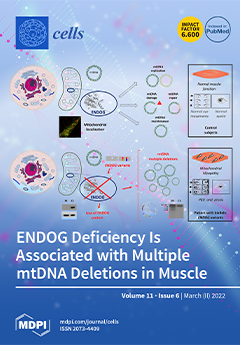The interaction between brain serotonin (5-HT) deficiency and environmental adversity may predispose females to excessive aggression. Specifically, complete inactivation of the gene encoding tryptophan hydroxylase-2 (
Tph2) results in the absence of neuronal 5-HT synthesis and excessive aggressiveness in both male and female null mutant (
Tph2−/−) mice. In heterozygous male mice (
Tph2+/−), there is a moderate reduction in brain 5-HT levels, and when they are exposed to stress, they exhibit increased aggression. Here, we exposed female
Tph2+/− mice to a five-day rat predation stress paradigm and assessed their emotionality and social interaction/aggression-like behaviors.
Tph2+/− females exhibited excessive aggression and increased dominant behavior. Stressed mutants displayed altered gene expression of the 5-HT receptors
Htr1a and
Htr2a, glycogen synthase kinase-3 β (
GSK-3β), and
c-fos as well as myelination-related transcripts in the prefrontal cortex: myelin basic protein (
Mbp), proteolipid protein 1 (
Plp1), myelin-associated glycoprotein (
Mag), and myelin oligodendrocyte glycoprotein (
Mog). The expression of the plasticity markers synaptophysin (
Syp) and cAMP response element binding protein (
Creb), but not AMPA receptor subunit A2 (
GluA2), were affected by genotype. Moreover, in a separate experiment, naïve female
Tph2+/− mice showed signs of enhanced stress resilience in the modified swim test with repeated swimming sessions. Taken together, the combination of a moderate reduction in brain 5-HT with environmental challenges results in behavioral changes in female mice that resemble the aggression-related behavior and resilience seen in stressed male mutants; additionally, the combination is comparable to the phenotype of null mutants lacking neuronal 5-HT. Changes in myelination-associated processes are suspected to underpin the molecular mechanisms leading to aggressive behavior.
Full article






